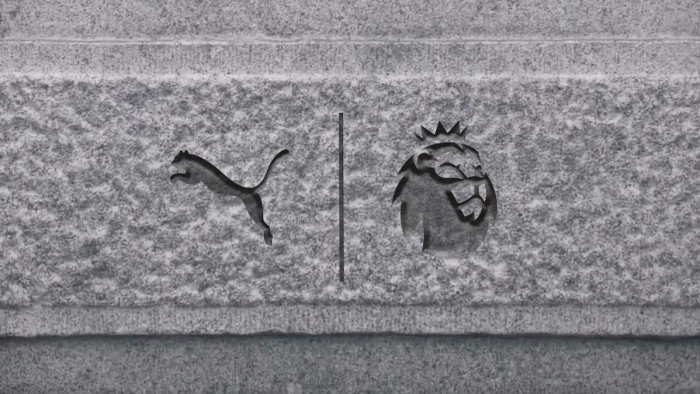This is why Olympic athletes have those weird red circles on them
The question you've all been asking


In amongst the general spectacle of personal heroism, watch-through-your-fingers leg breaks, crashing cyclists and all the rest of the action-packed opening of the Rio Olympics games, there has been one question which has really got people vexed: what on earth are those strange red circular marks on the bodies of many of the athletes competing?
Take American swimmer/part-time fish Michael Phelps (above), or his fellow countryman Alex Naddour, competing in the gymnastics (below):
Well, it turns out they haven't simply been careless while ironing their trunks.
The marks are actually the result of a procedure known as 'cupping'. It's an ancient therapy that's used mainly in Middle Eastern and Asian countries, particularly China. It consists of glass suction cups which are warmed and then placed on parts of the body that are sore - the partial vacuum created is believed to stimulate muscles and blood flow which will then get to work repairing area and relieving pain. The red marks created fade a few days after the treatment.
12-time Olympic medallist Natalie Coughlin is another who has used the 'treatment', even posting a picture showing her receiving it:
The practice has been popular with celebrities such as Gwyneth Paltrow and Jennifer Aniston in the past.
Due to the difficulty of carrying out a true double blind or placebo-controlled clinical trial, there is huge scepticism in the medical community over whether the practice has any benefits whatsoever. Leading pharmacologist David Colquhoun has written that cupping is "laughable... and utterly implausible", while its use as an alternative cancer treatment has led to the American Cancer Society saying that "available scientific evidence does not support claims that cupping has any health benefits".
Still, if it makes the athletes think they're going to perform better, then we suppose it does the job doesn't it?
Plus, if you managed to make some blue circles, you could have a good game of Connect Four on your back.

(Images: Rex/Getty)
Latest
Related Reviews and Shortlists









